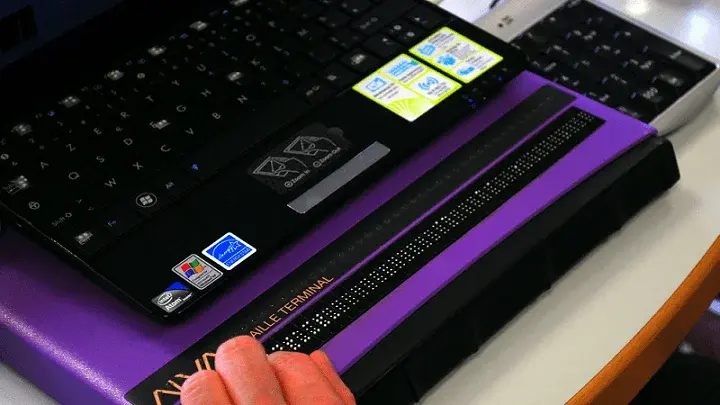Most online forms make the application process more complicated for students who are blind. This one made it easier, and that is worth celebrating.
I am Michael Taylor, a blind screen reader user. I apply for programs and services online all the time, so I expect to hit barriers. One college application form surprised me in the best way. It was accessible from start to finish. My screen reader announced every field label, guided me through errors, and confirmed my submission. I did not need sighted help.
That is a rare and meaningful experience. When accessibility is built in, you can feel the difference.
Why This Matters for College Admissions
Your digital application form is one of the most essential tools in higher education. It is often the final step for a student deciding whether to apply.
If it is not accessible, you are not just creating a frustrating experience. You may be excluding capable students from applying at all.
-
One in four adults in the United States has a disability, and many use screen readers, voice input, or keyboard navigation.
-
College websites are a top research tool for prospective students who are comparing options.
-
Digital inclusion builds trust. Accessibility gaps send the opposite message.
-
Accessibility is not only a technical concern. It is part of the user experience and your brand.
What Made This Application Form Work
Here is what stood out about the form I used:
-
Every field had a clear, programmatic label that my screen reader announced.
-
Instructions were concise and clearly visible, eliminating any guesswork.
-
Errors were automatically announced and recorded in plain text.
-
There was no inaccessible CAPTCHA, no drag and drop, and no required mouse actions.
-
The flow was predictable and navigable from start to finish.
I did not need to ask for help. I didn't need to contact support to complete a simple task. This is what accessible digital experiences should be.
Want expert help identifying issues in your application flow?
Run a test with UsableNet AQA to find barriers that impact real applicants.
What Common Forms Get Wrong
Not all application forms are this smooth. Many teams still rely on features that block access:
-
Unlabeled or ambiguously labeled fields
-
Visual-only cues, such as red outlines for errors without a text message
-
Fields that do not follow a logical tab order
-
CAPTCHAs without an accessible alternative
These elements can prevent blind applicants from accessing information unless they rely on someone else. That compromises independence and undermines inclusion.
See more patterns and pitfalls: ADA Title II Compliance Guide for Higher Education (Key Milestones).
Best Practices for Accessible Online Applications
If your institution is reviewing its forms, start here:
-
Use semantic HTML and ARIA to label every field and group.
-
Allow keyboard-only navigation throughout the form.
-
Provide clear, text-based error messages and summaries.
-
Offer non-visual verification options, such as email verification or a simple logic question.
-
Test with screen readers on desktop and mobile (NVDA, JAWS, VoiceOver).
Accessibility is not about perfection. It is about giving every student a fair chance to engage.
How This Complements the Higher-Ed Guide
This post is a first-person look at one critical milestone: applying. The ADA Title II Compliance Guide for Higher Education expands on this by providing a comprehensive plan, encompassing governance, testing, vendor oversight, and documentation throughout the student journey.
Closing the Gap With Help
Many teams want to improve accessibility but feel stuck. Tools alone miss real barriers. Audits without remediation do not advance applicants.
That is where UsableNet Assistive helps. We work directly with your team to fix issues across websites and forms, and to support Title II requirements.
-
Remediation support, not just issue reports
-
Real developers and accessibility experts
-
Scalable help across admissions, financial aid, and other departments
Related Resources
-
ADA Title II Compliance Guide for Higher Education — Patterns, governance, and checklists across the student journey.
-
Public Sector and Education Accessibility — Services for Title II readiness, WCAG-aligned testing, remediation, and training







